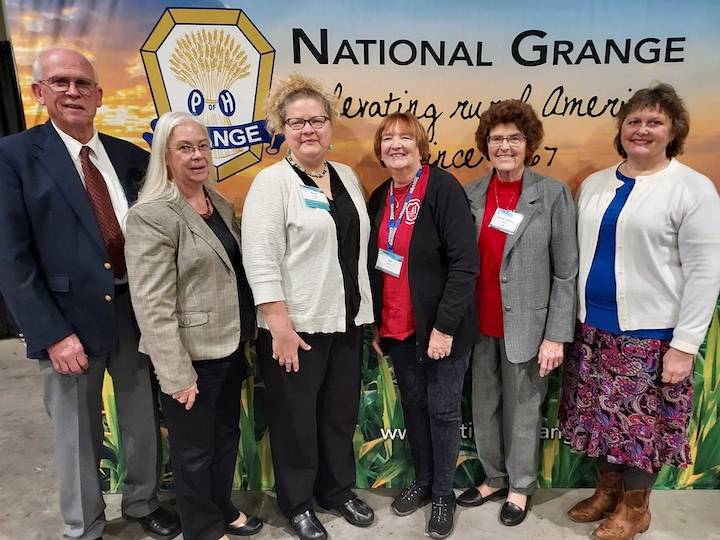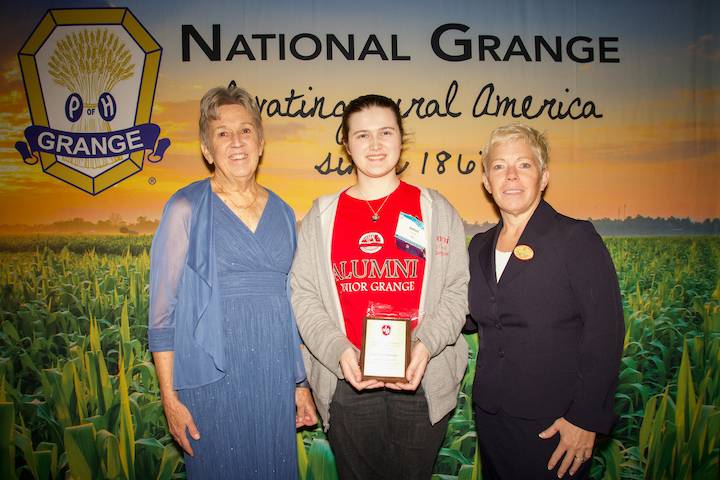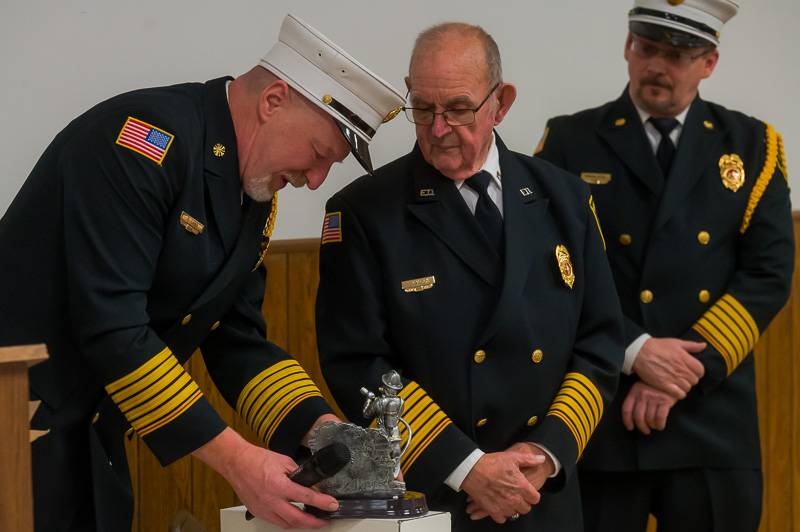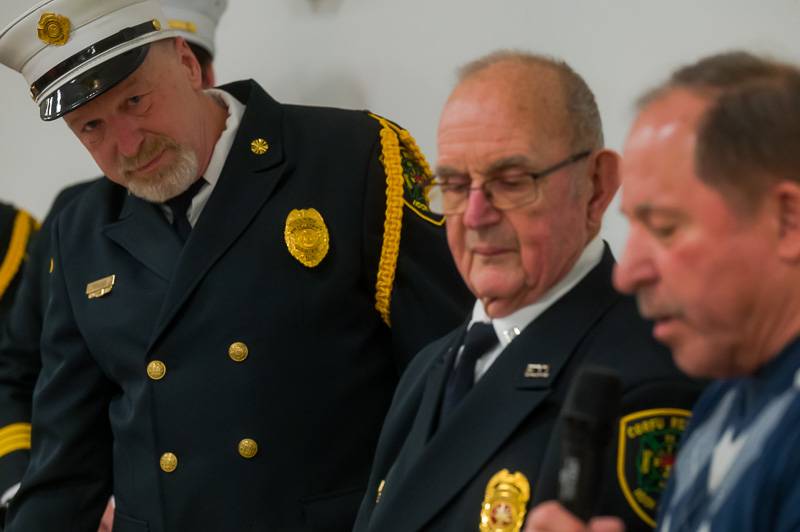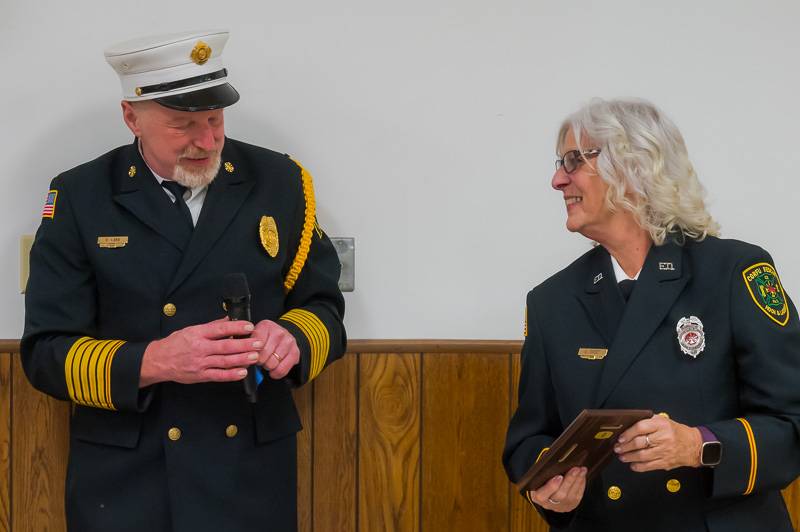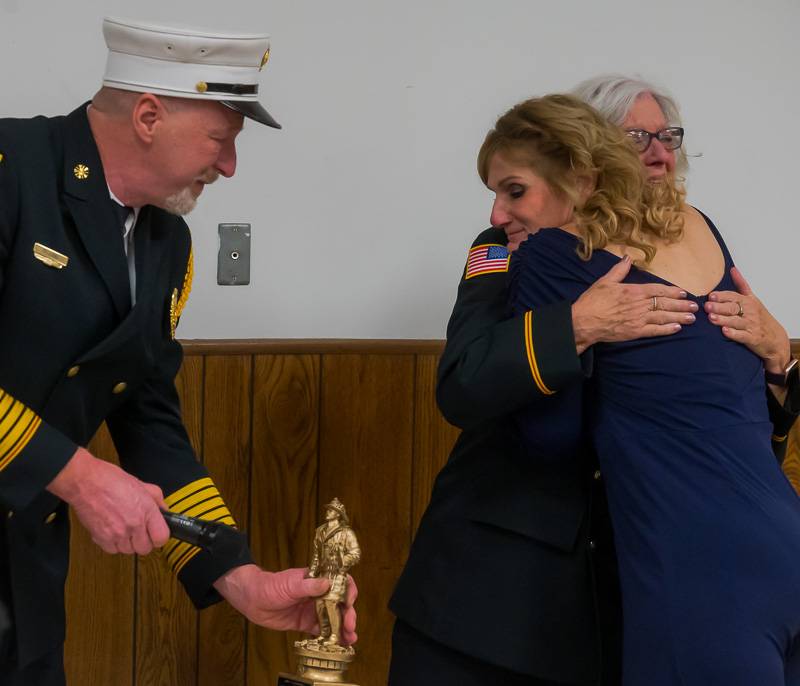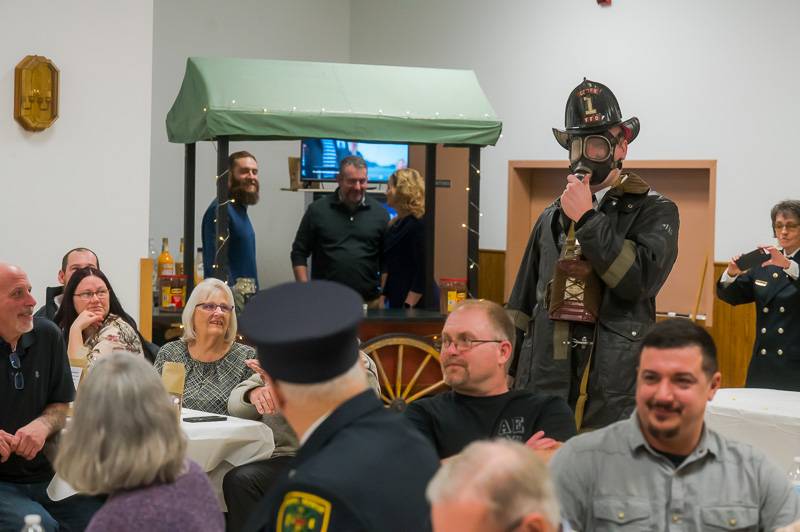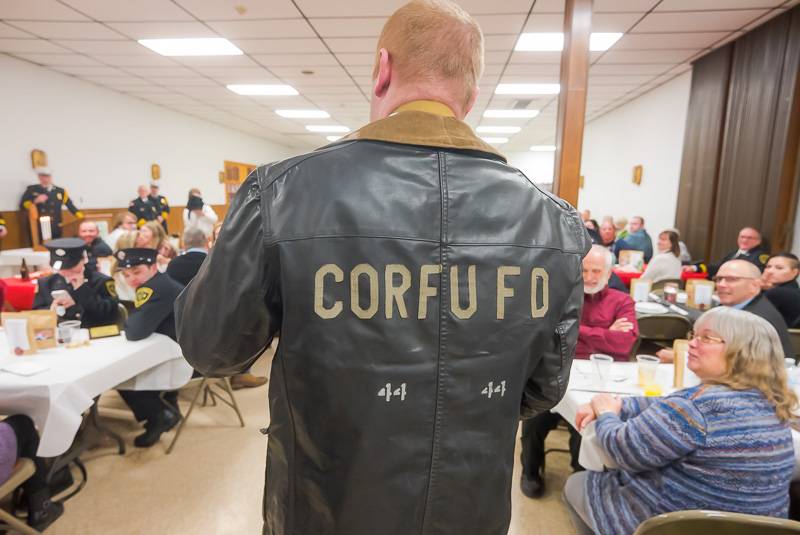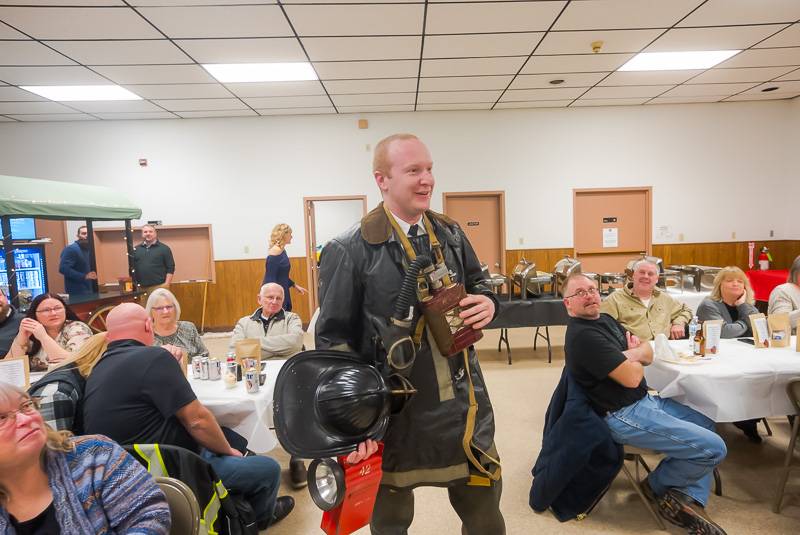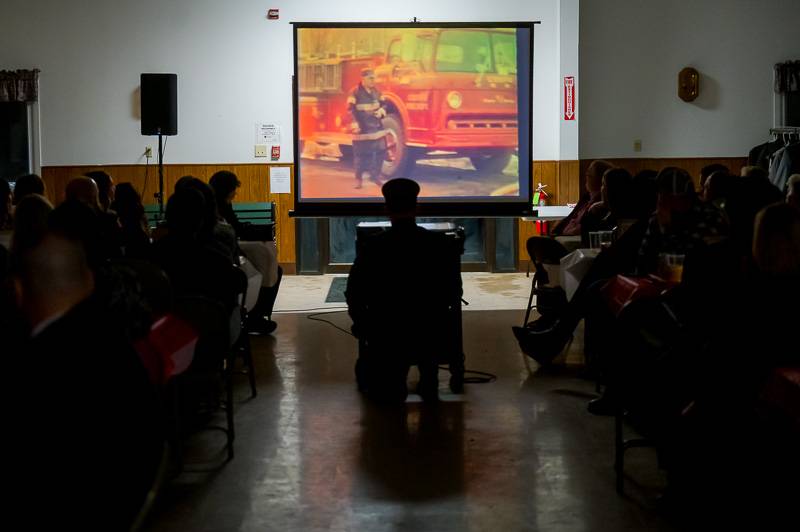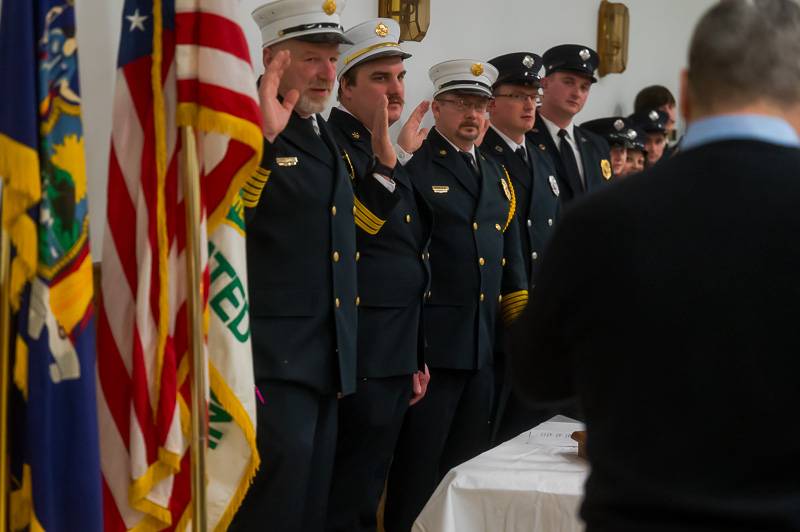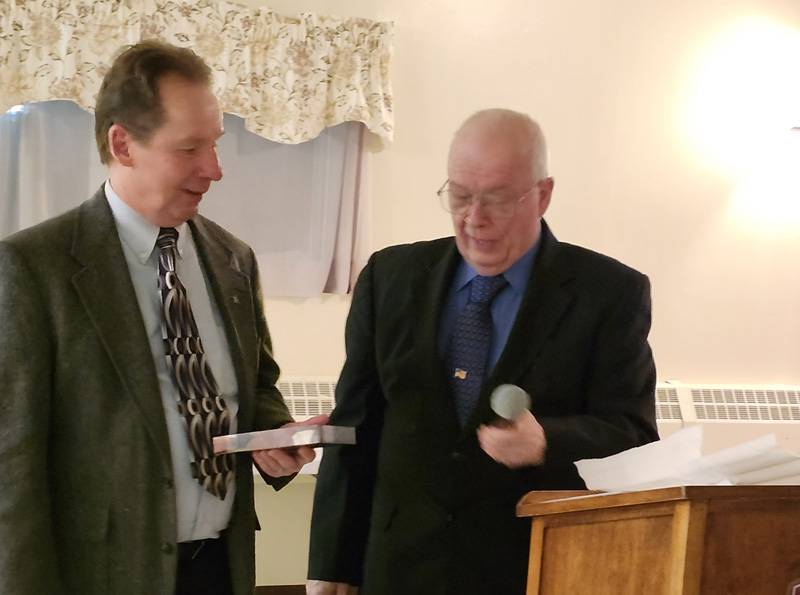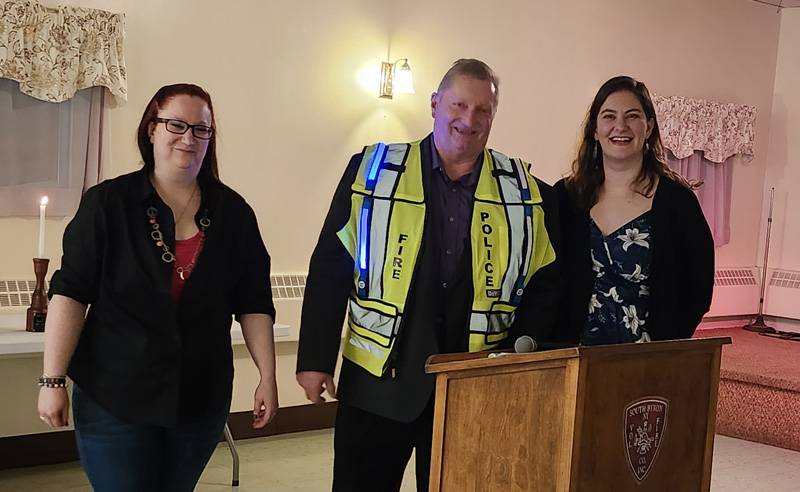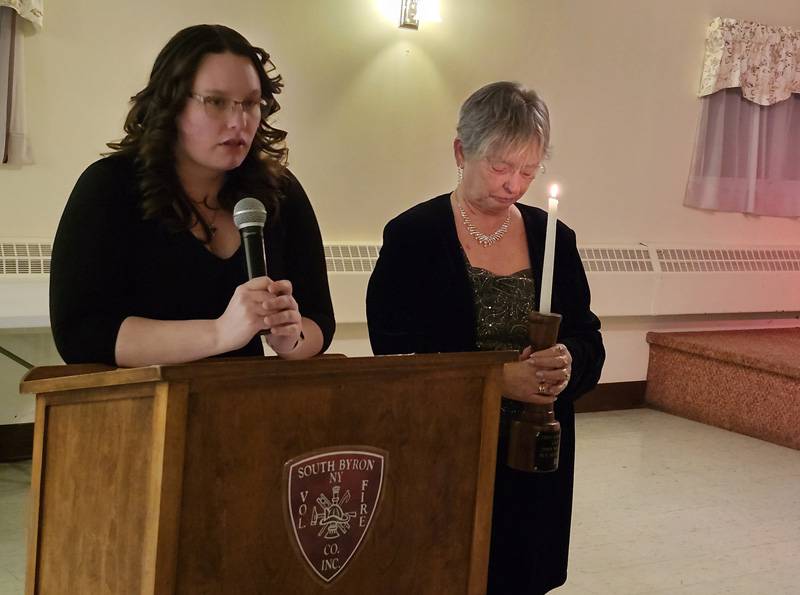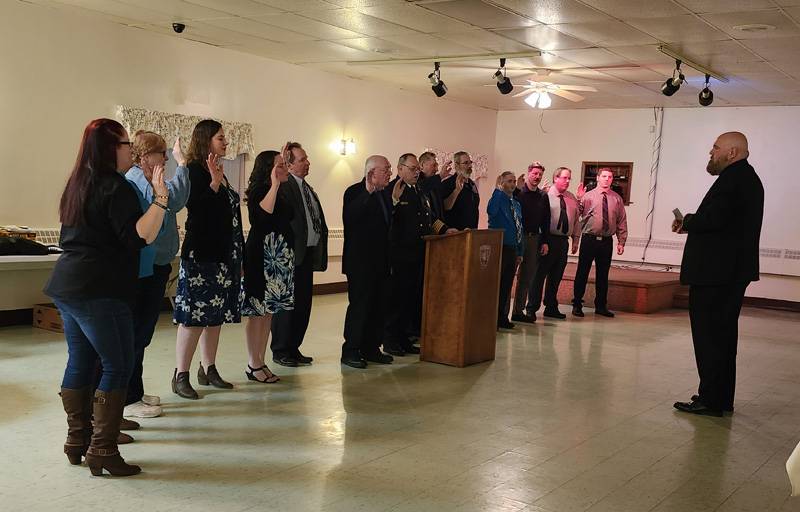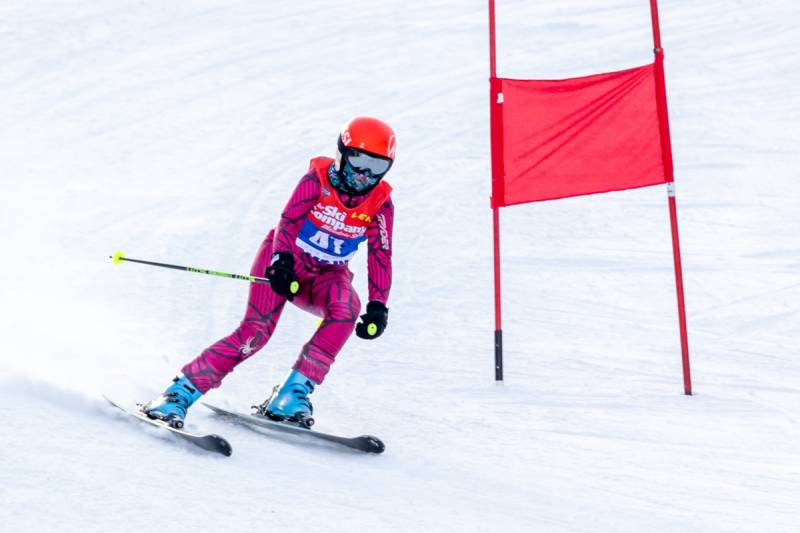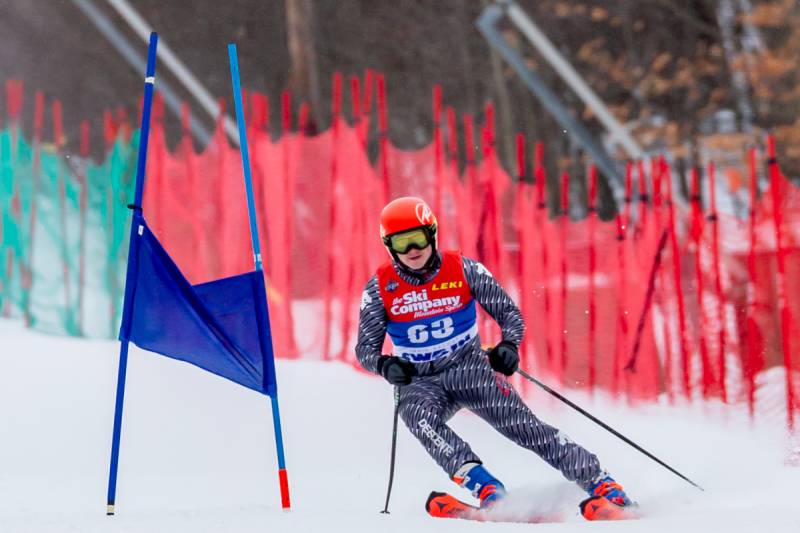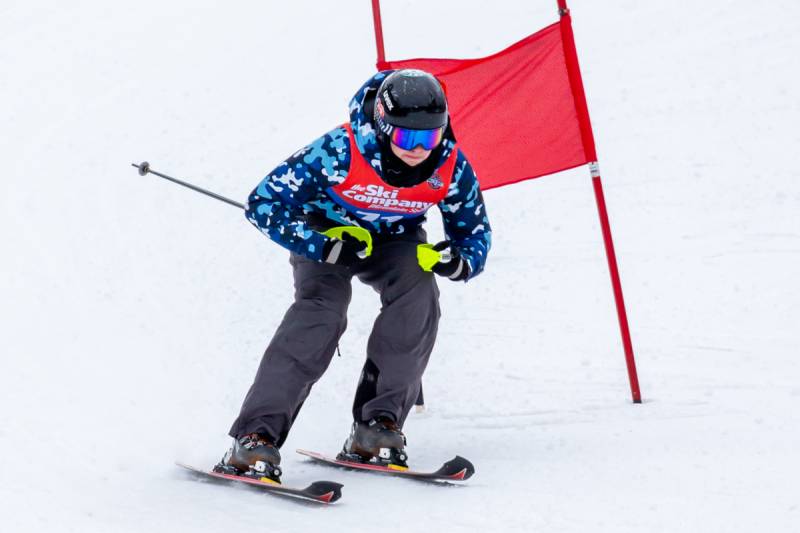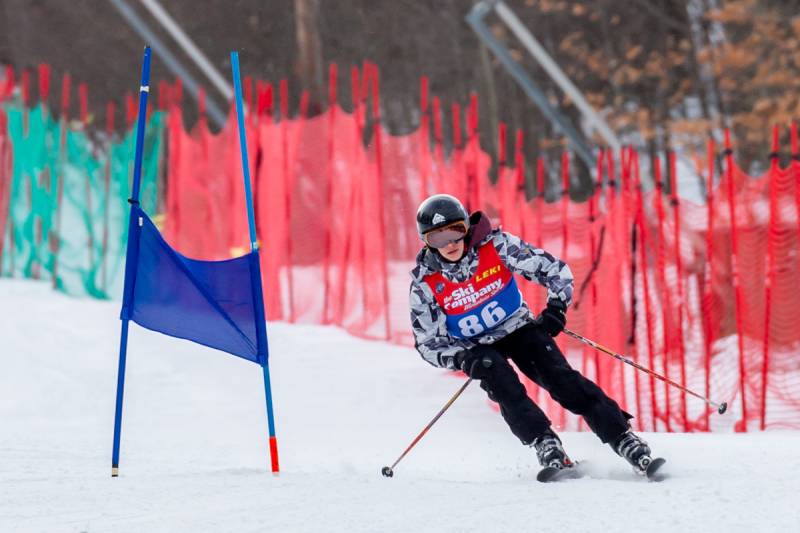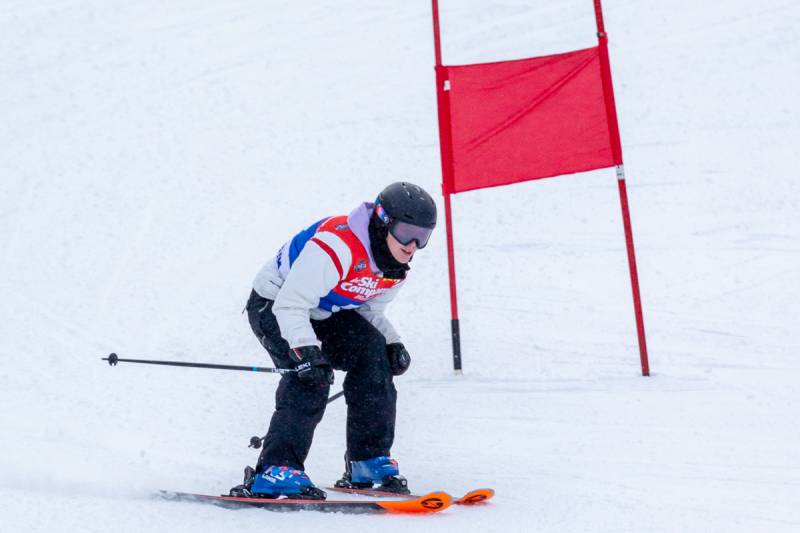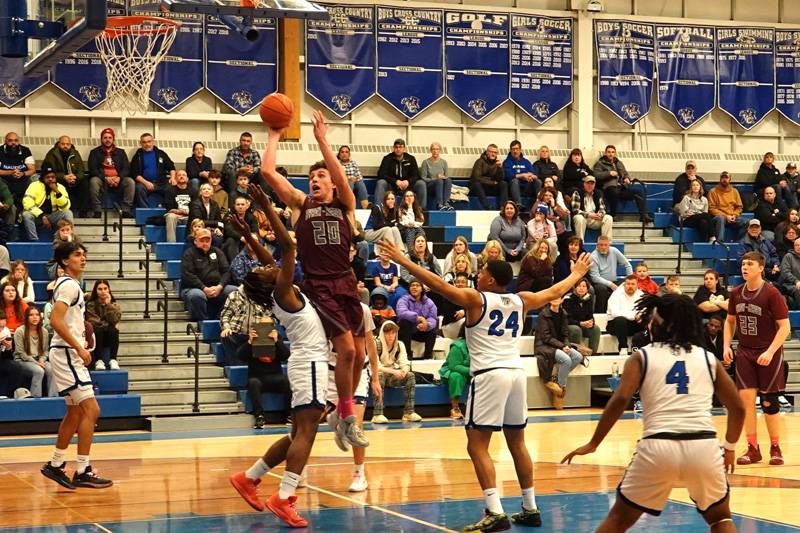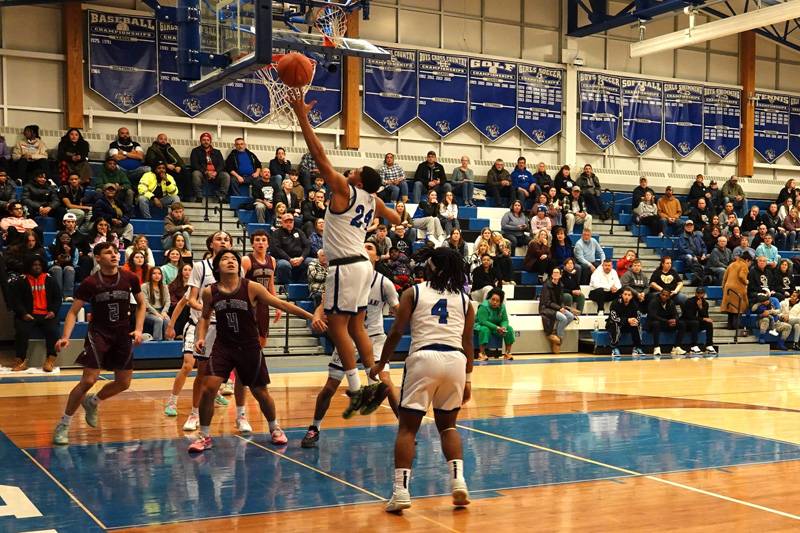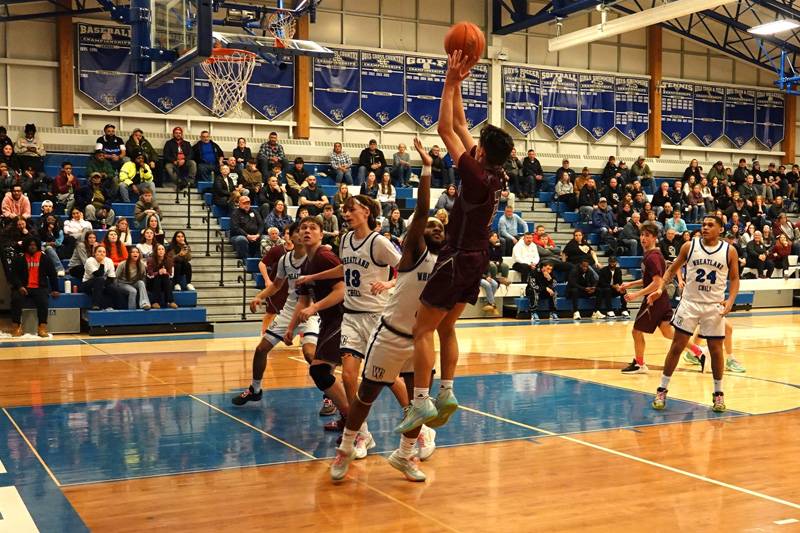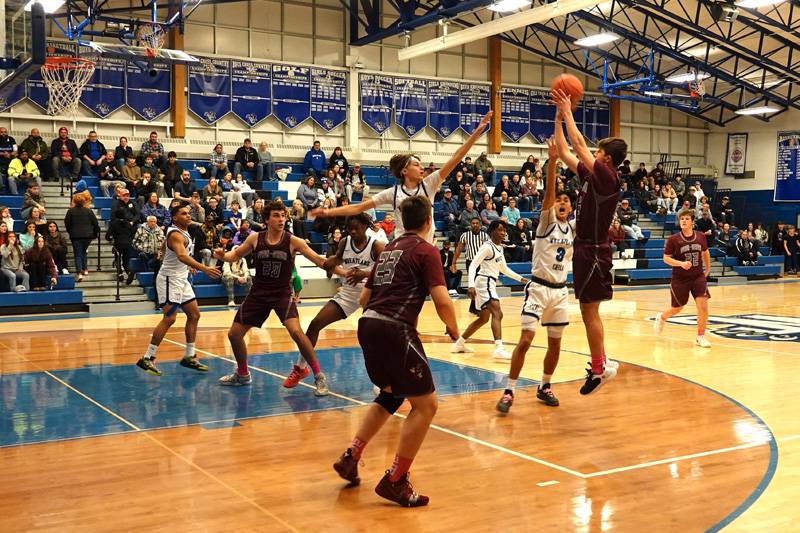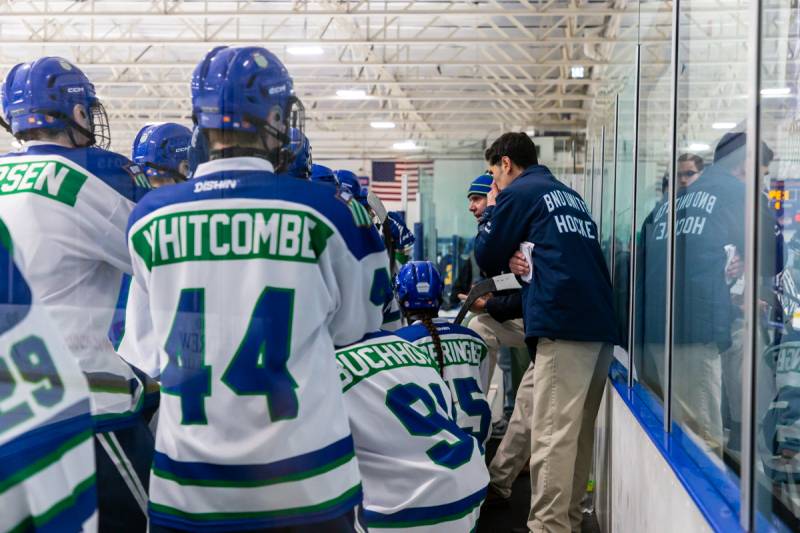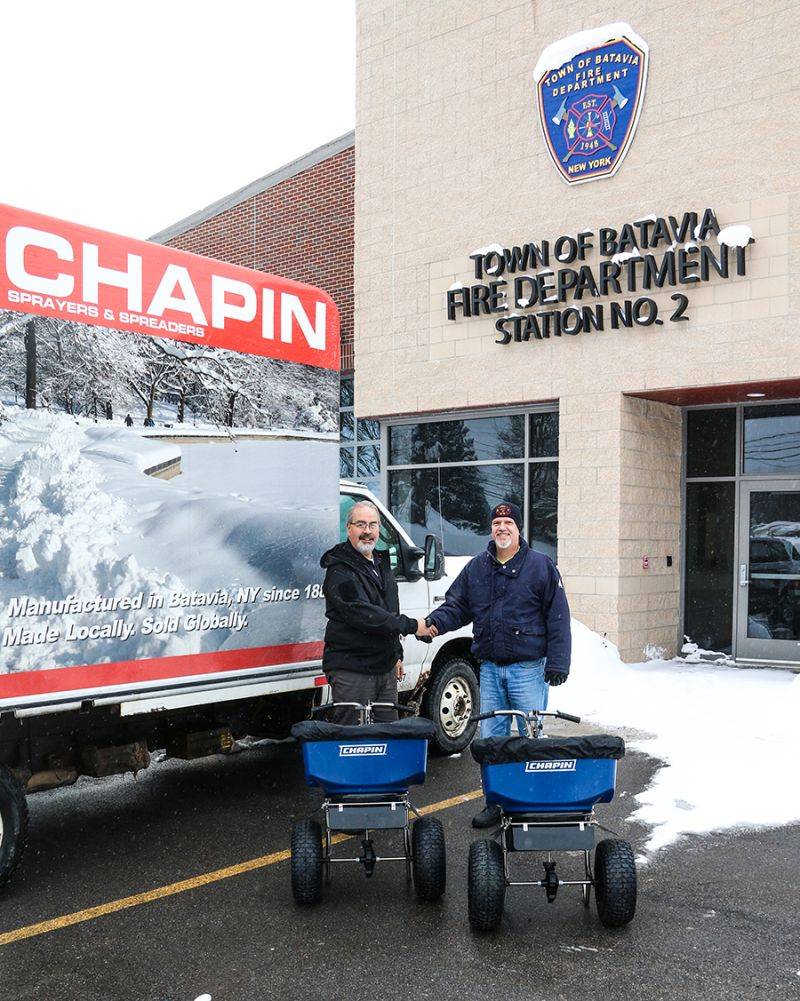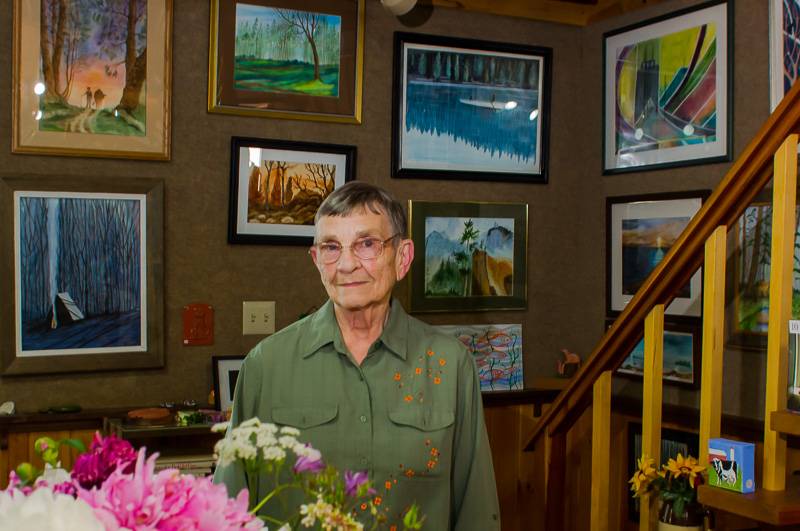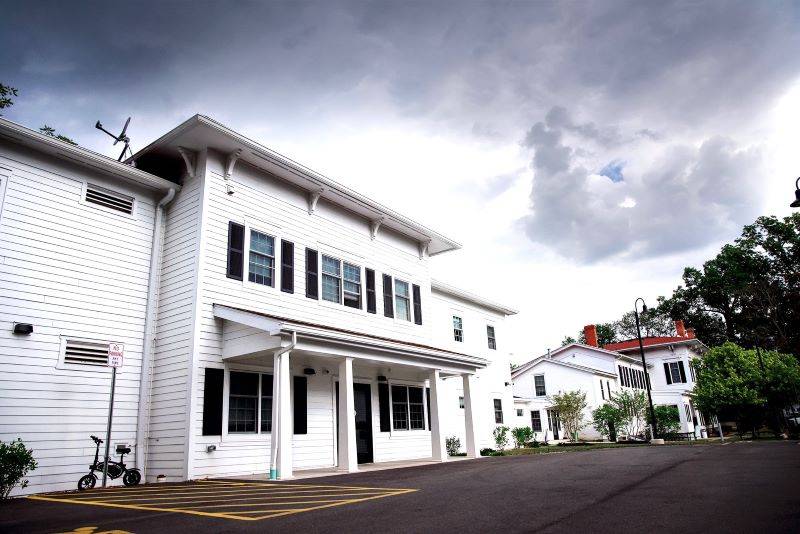City leaders review budget numbers in attempt to continue positive streak
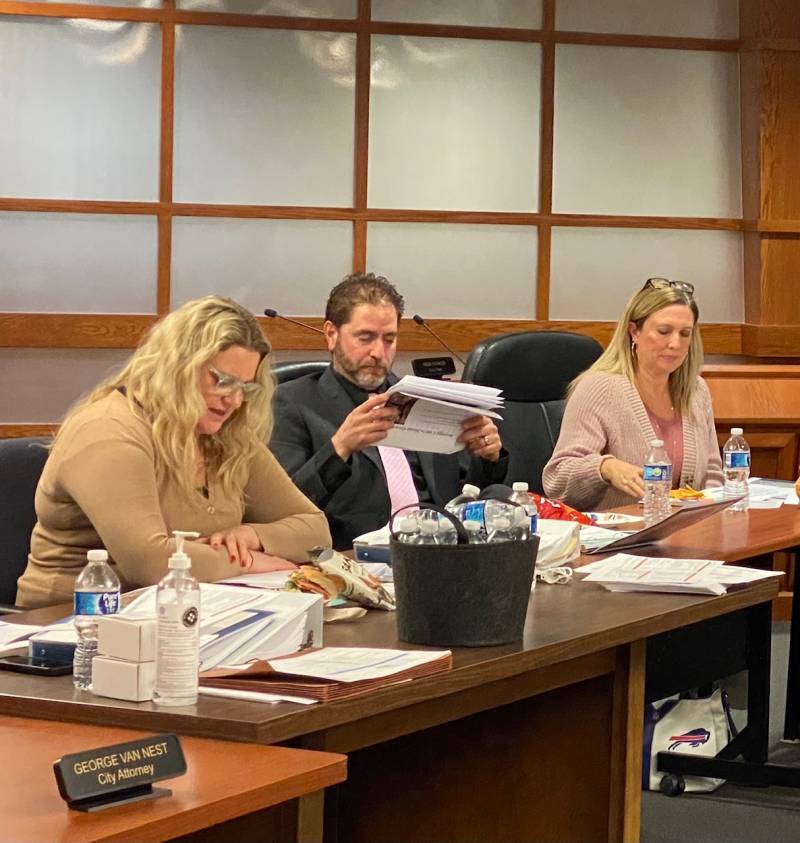
Photo by Joanne Beck
She may be a bit biased, but City Manager Rachael Tabelski has confidence in the level of Batavia’s bang for its buck.
She compared the city’s proposed property tax rate of $8.96 to other cities — one of the lowest is Canandaigua at $7.67, North Tonawanda at $15.13, Geneva at $17.25, Dunkirk is $18.12, Jamestown is at $23.60 — during the first collective budget session of the year Monday.
“So it's my opinion Batavia does extremely well, holding the tax rate to a low level while trying to find innovative ways to provide services that residents want,” she said. “And I feel like Council always gets hammered for ‘too much taxes, too much taxes.’ But we're only taking a quarter of those taxes. And where every single city resident utilizes our services, not every resident may utilize services of the school.”
She introduced a slide during her presentation that compared a breakdown of the city’s 25 percent representation of local taxes for benefits that “all city residents enjoy,” versus the city school district’s 52 percent of taxes that only some city residents enjoy the benefits of.
“The school taxes are a disgrace, it’s a joke,” Councilman Paul Viele said.
City general fund budget expenses go toward tangible outcomes, those things that citizens look for, such as street and sidewalk improvements, police and fire protection, public works maintenance of roads (snowplowing in winter, picking up leaves in the fall), summer parks programs and paved parking lots.
Expenses also include Workers Comp costs, which have an $86,000 increase this next year, insurance and retirement payments, reserve savings, purchase of two marked police vehicles at a total cost of $130,000 from reserves, software, personnel salaries and benefits — typically the largest portion of a budget — building repairs and maintenance, and future projects, such as repair of the Main St. 56 Theater roof at City Centre, which is earmarked for a $310,000 use of reserve funds.
As Assistant City Manager Erik Fix sees it, residents —- or, more specifically, property owners — get all of those things for the price of “a cup of coffee a day.” The property tax rate is slated to increase by two pennies per $1,000 assessed value, or $2 a year for a home assessed at $100,000. (See previous budget story HERE.)
City Council has options, however, Tabelski said, pointing to another slide that shows the levy of $6,710,000 and total assessment of $748,497 currently for the $8.96, and scenarios for how the rate would change if the levy or future assessments were increased.
The decision was made in July not to increase this year’s assessment, Tabelski said, but if it was raised in the future, say, up to $800,000 while the levy also was raised to $7,168,000, and the tax rate remained the same, the city could increase services by $450,000, she said.
The other side of that would be true: if the levy remained the same and the assessment went up, the tax rate would decrease to $8.38, and services would also remain flat, she said.
All of the options were talking points to demonstrate how levy, assessment and tax rate are related, she said. None of them were actual proposals outside of what she has already proposed: a $6.7 million levy and an $8.96 tax rate that keeps services status quo.
“As you know, we hear from residents about cutting. And when we go through some of the statistics about our city growing and the reduction in poverty we have in our city, we're actually doing quite well. And with that comes more services wanted by residents, needed by residents, and it strained all of our departments and our resources,” she said. “So this year, while I did only ask for departments to come in with 2 percent increases in their entire budget, I did have them put together a list of items that aren't being funded so that council has a full picture of things that we probably do need to address in the future. And my hope is through this process, and through the revenue workgroup, we'll find solutions to address these items.”
The city’s population, contrary to once predicted to shrink in size, increased from 2010 to 2020 from 15,464 to 15,600, she said. And there are people uncounted in that total, meaning an even higher population, she said.
“Many, many people want to live in the city of Batavia. Houses that are on the market between $150,000 and $190,000 sell in less than 23 days. All houses in our market, which is still very hot right now, typically sell within 47 days,” Tabelski said.
What are people looking for, and why in Batavia?
“I think it's always good to think about our mission, why we're here for the residents of our city, what we want the city to be. I want the city to be a safe place, a family-friendly place where I'm comfortable walking down the streets with my kids, any hour, night and day. I do not want to live in a city as large and maybe as unsafe as Rochester or Buffalo,” Tabelski said. “And I feel very fortunate to be here, to be selected as your manager, to be able to try to continue to implement safety measures for our city. I want our neighborhoods to thrive. I want good neighborhoods and community participation. We've had more volunteers for our boards in the last year or so than we've had in a very long time. And I think it's a good sign that there still are people interested in government.”
Current projects being designed are the ice rink chiller, the Bank Streetscape, Cohocton/Walnut Water main, Maple and Mill sanitary sewer, Pearl Street water main, wastewater treatment plant pond sludge removal, various street and sidewalk upgrades, paving of the Bureau of Maintenance parking lot, resurfacing courts at Kibbe Park for pickleball, replacing the playground at Austin Park and distributing a $350,000 housing grant for single family home rehabilitations, capital project and flood program planning and zoning ordinance updates.
The list of work always coincides with an ability to pay for it, she said.
“We're finishing up projects at the fire station and BOM facility project. Any council member that would like to tour to see the improvements that were made, that started out as a $1.1 million project, and through COVID and inflationary prices, I believe it rose to $1.76 million. Overall, we had to use ARPA money for that project. And we still haven't finished major improvements at the BOM facility. They're still on this sheet of things that did not make the budget or the capital plan. There are still windows, office replacement, bathrooms, HVAC, air handlers, and doors,” she said. “So again, it's always a struggle to find the revenue to pay for these projects and to keep our facilities updated and running appropriately.”
As for a source of potential revenue, Tabelski raised the issue of asking property owners who make payments in lieu of taxes to pay a fire and police fee. Towns do that, she said, but the city has not been able to since tax-exempt properties pay no property taxes, which include city services.
It’s “definitely something we would like to look into,” she said.

